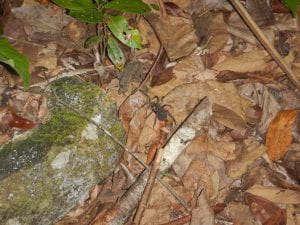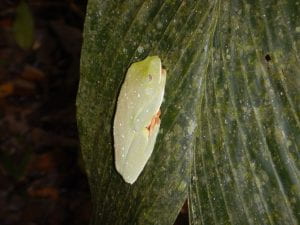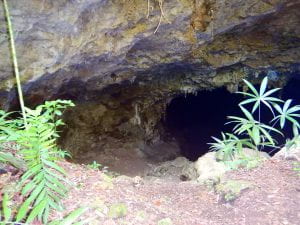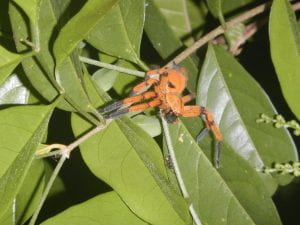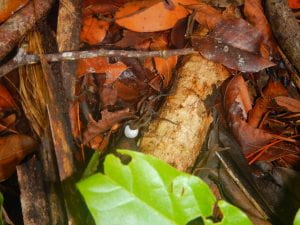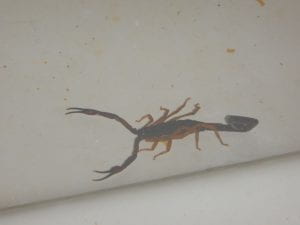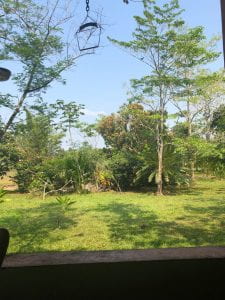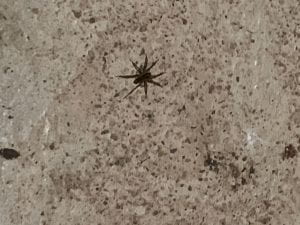5/20/19: We concluded our Cecropia and Aztec Ant project today and found that it might be true that uncolonized Cecropia trees have tougher leaves to prevent herbivory, but with our data, there might be many other possible explanations.
Today was our last day at Las Cuevas. We went to retrieve our camera traps; it was quite a long hike to pick up all seven cameras, and guess what we found? A TAPIR!!! We caught one on the camera that was furthest down the monkey tail trail. Honestly, I never thought I could be that excited for a photo, but trust me, I screamed a little when it came up. We also caught this mysterious photo of an animal that appeared to be cat-like. It was too close to the camera, so it is very overexposed and washed out. We hypothesize it is a Puma based on its outline, but we are not 100% sure. But, for the sake of tropical field biology, it will be a puma in my book.

On another note, I ran into quite a problem today at Las Cuevas. During a break today, Brendan and I used an “icy- hot” type ointment to help our sore muscles. For the first two hours of the break, it went great. But after that, let’s just say, things went a little less great. We went to gear up to investigate the leaf cutter ant mounds around Las Cuevas (super cool by the way!). So, as we were standing in the sun excavating a mound, our skin began to burn as if we were cooking in the sun. We began to remove our socks and ran up to the station to take a shower to remove the remaining ointment from our skin. In the end, we are doing much better, but note to self: do not wear icy-hot in direct sunlight.
Today was a slow day for arachnids. We were hiking swiftly this morning and did not often stop to check out anything on the path, so I saw a few wolf spiders scattered in the leaf litter and a what seemed to be a monster tick walking on a leaf. It had to be least 0.3 to 0.5 cm. It had white speckles on its back. To put it simply, we avoided it as much as possible. Tomorrow we make our way to the reef. First stop ATM cave!
Wish me luck!
-Bella


